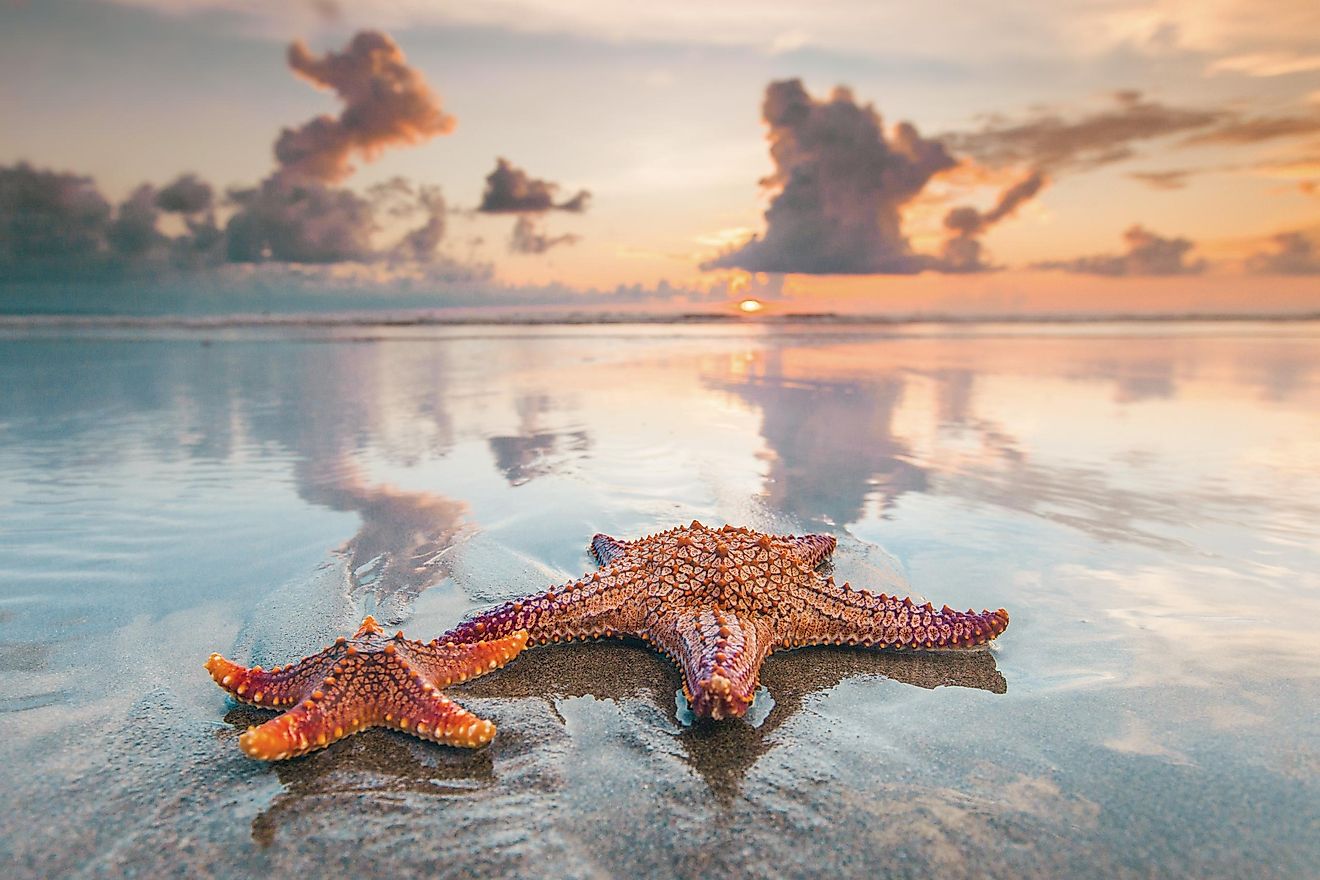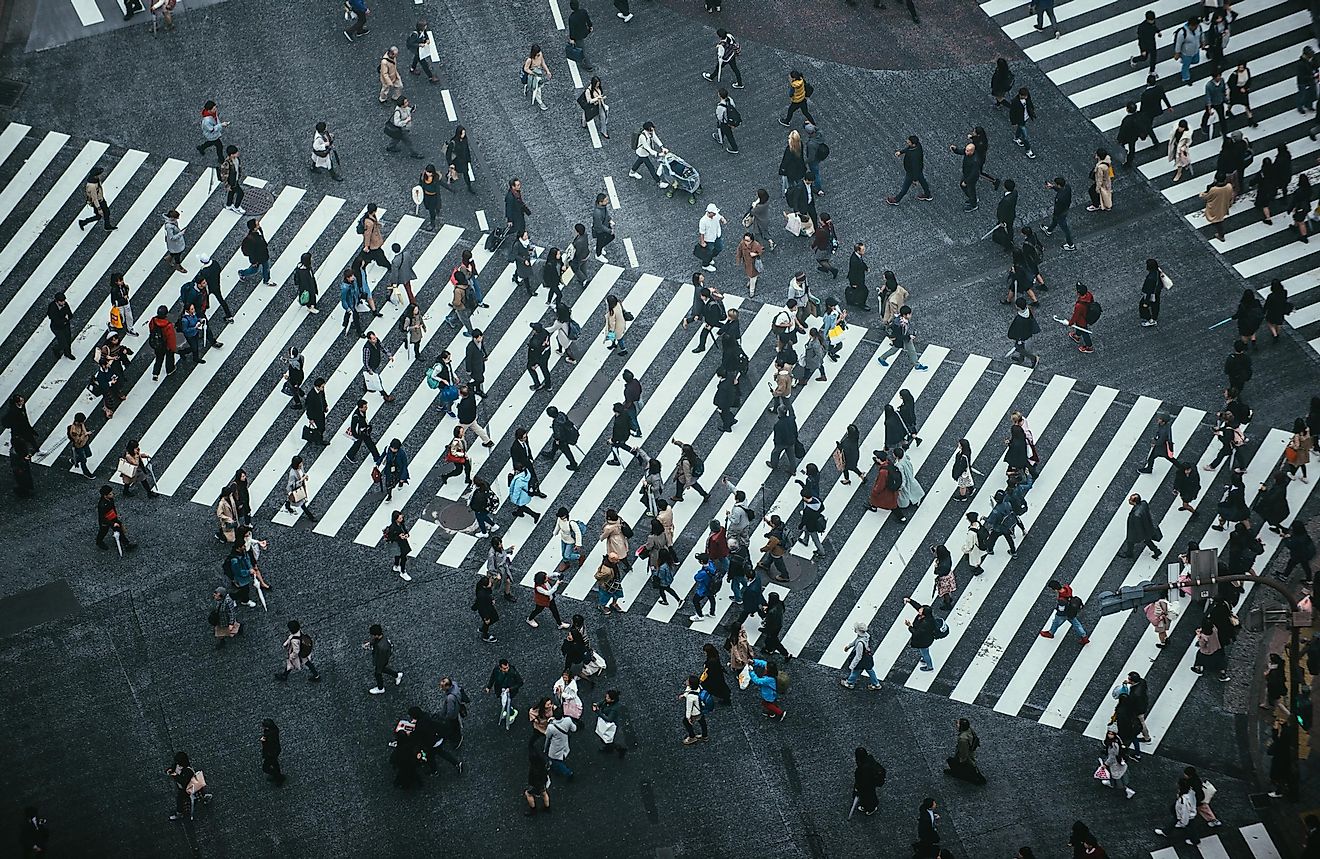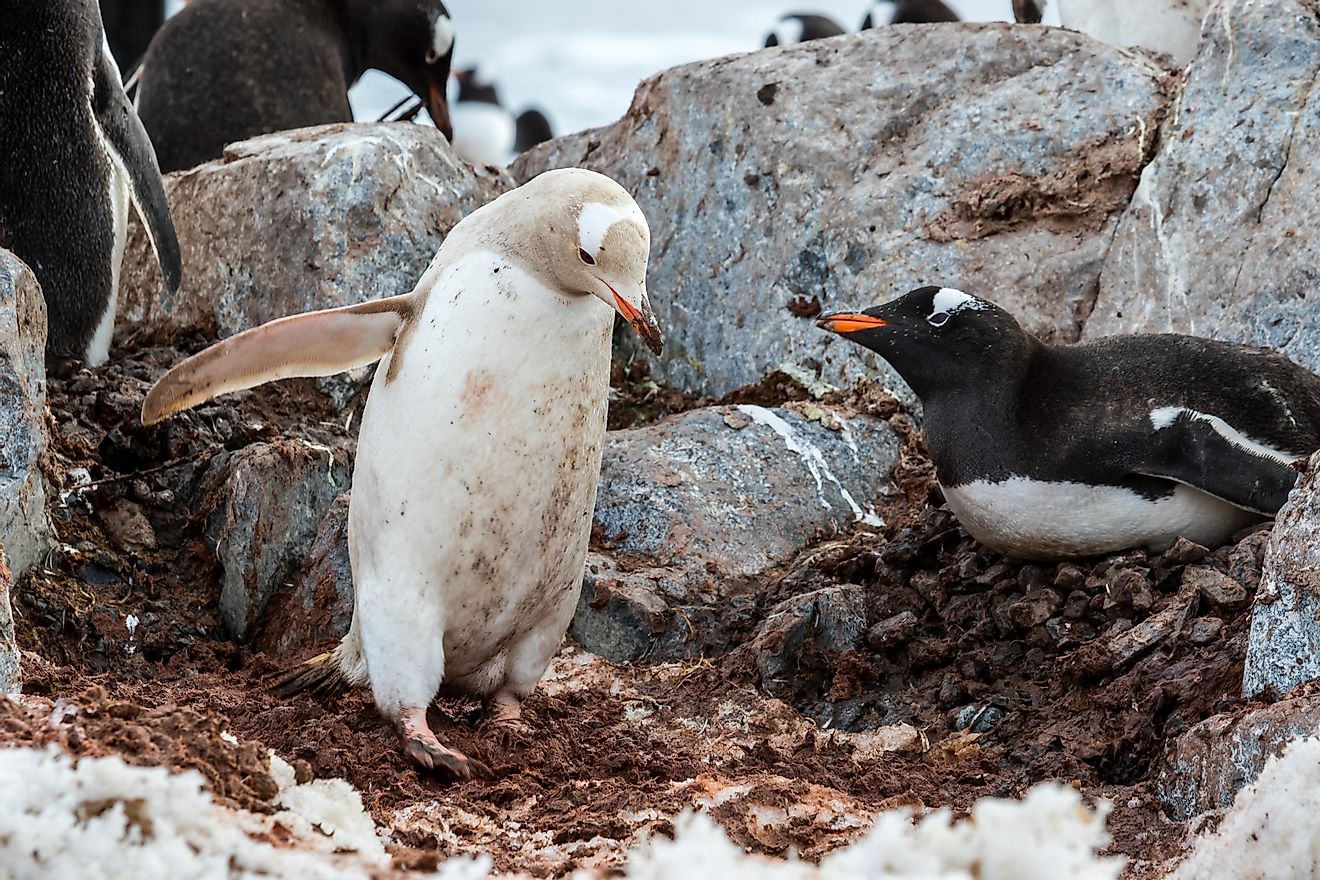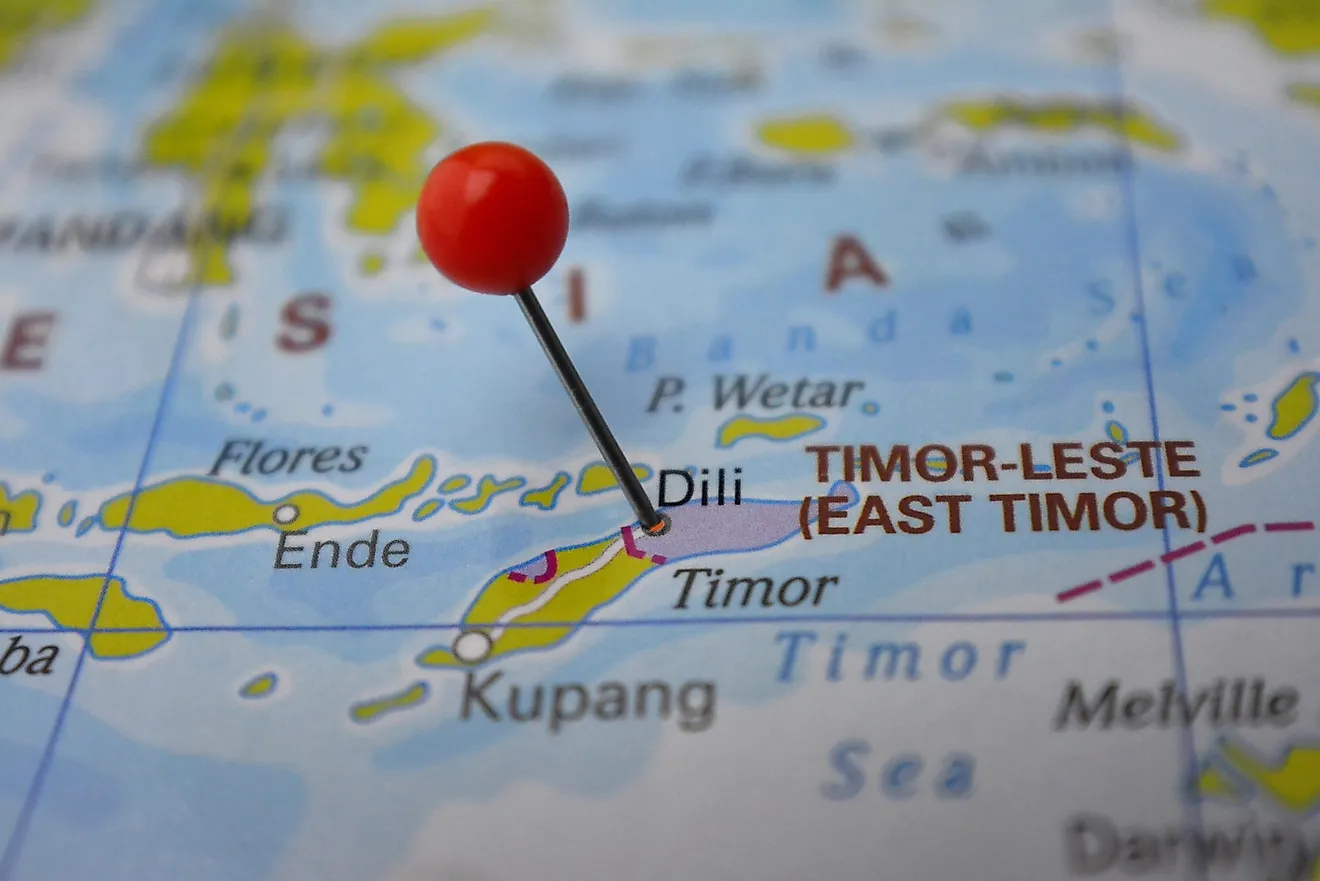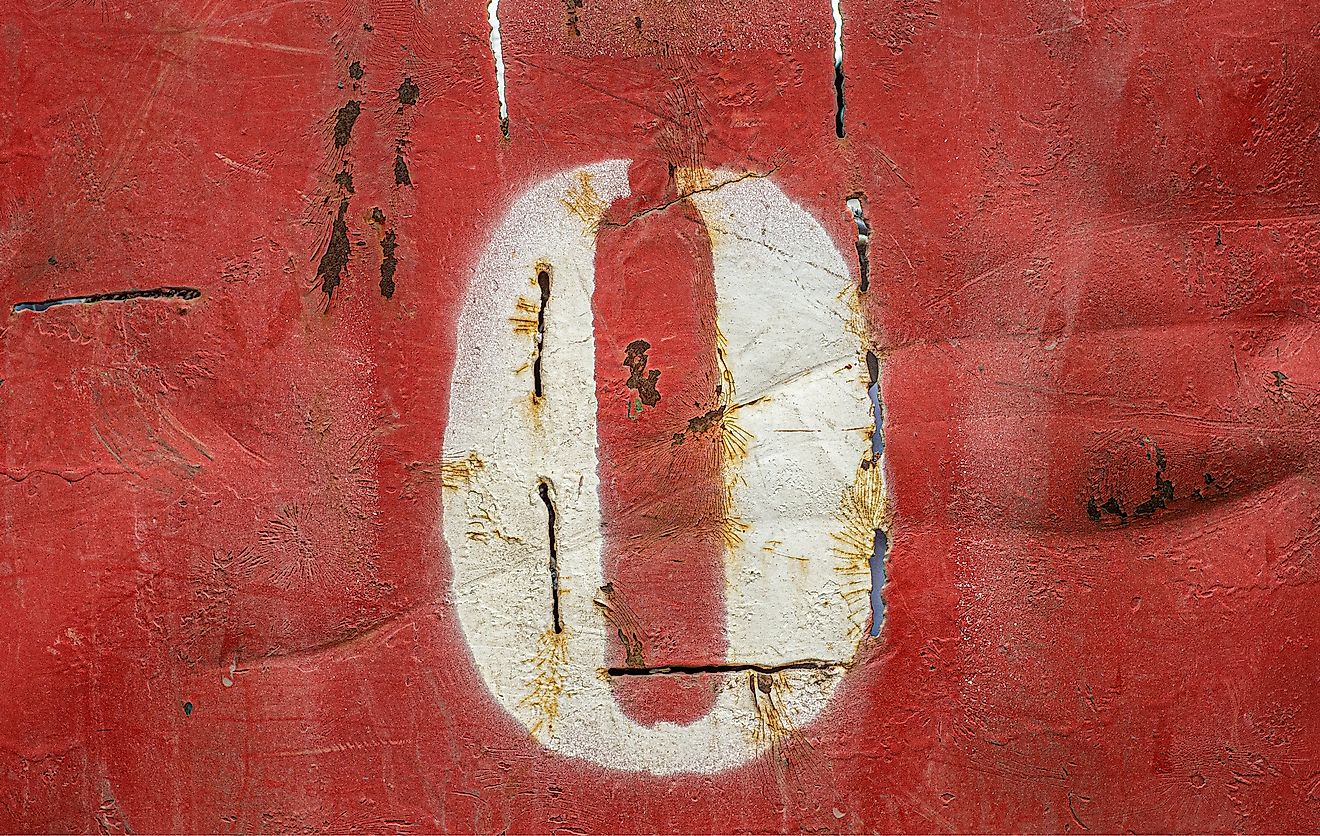What Is Japanese Anime?
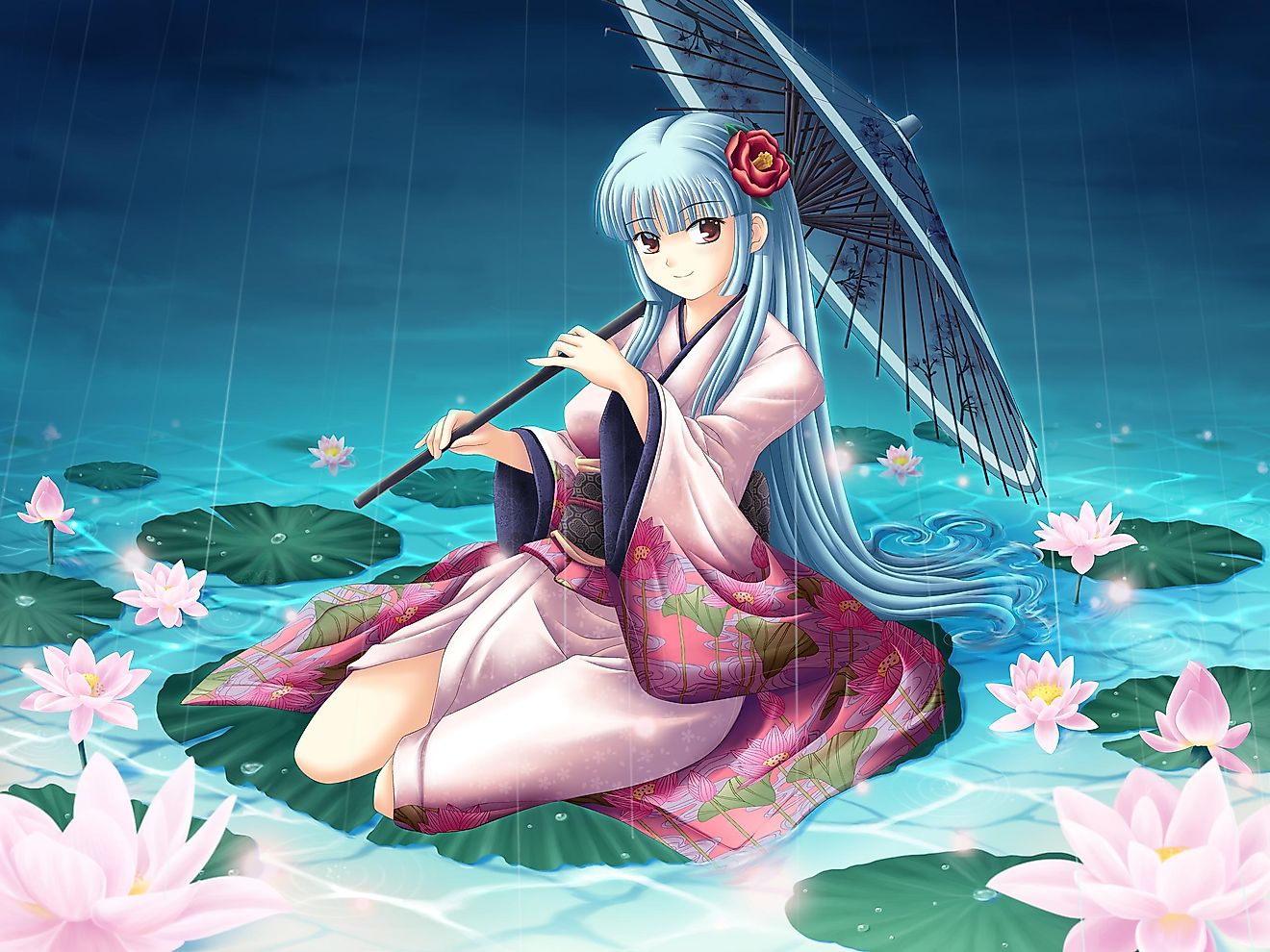
The word anime is used in Japan when talking about animation in general. However, in the rest of the world, it has become a word we use when talking about animated shows and movies that come from Japan. Multiple factors make anime unique. Still, even if animation from other countries uses a style similar to anime, we don’t call it anime unless it’s from Japan.
The thing that stood out for most people when discovering anime throughout the past was the way Japanese animators drew the eyes. Anime characters are usually drawn with very large and expressive eyes, which makes it easier to convey emotion through animation. Anime should not be confused with manga, which are Japanese comic books.
History of Anime
Some of the earliest animation works in Japan were made at the beginning of the 20th century. The industry continued to grow during the first half of the century steadily, but the first breakthrough of what we know as anime today was made in the 1960s. Until then, anime was distributed in theatrical form only, either as feature-length movies or short films. The first televised anime series was “Otogi Manga Calendar” in 1961.
However, the first major breakthrough that solidified anime as an art form happened in 1963. It was then that “Astro Boy” began airing, a show that adapted the manga of the same name, from the author Osamu Tezuka. He was also the director of the show and is responsible for many techniques used in Japanese animation to this day.
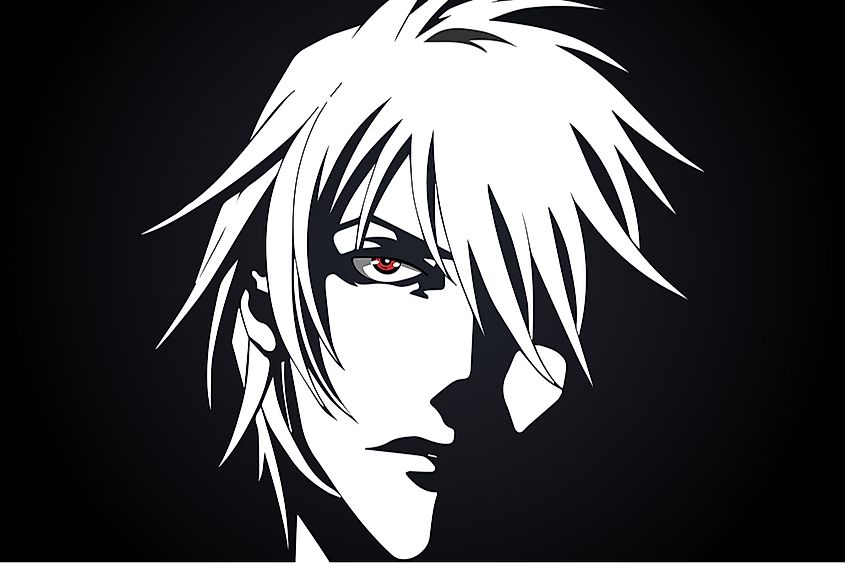
Astro Boy gained enormous popularity, and the anime industry continued to grow. In the 1970s anime featuring giant robots were attracting large audiences. They started as “super robot” shows but were also developed in a different direction, thus making “real robot” shows. The difference is that super robot anime, such as Mazinger, shows robots as superheroes. They are capable of flying, moving with ease, use magical swords for battle, and are more fantastical in nature.
Real robot anime, like Gundam, is much more realistic; they show robots as tools for war. The depiction of robots in anime in various forms is still prevalent, and they are often used with an anti-war message. The 1970s birthed the trend of adapting popular manga into anime series. The 1980s were especially lucrative for the industry, and it only continued to grow from there.
Popularity Of Anime In The West
Anime started to gain a fanbase in the United States (but also other western countries) in the 1980s. Some European countries, however, started gaining an anime fanbase as early as the 1970s. One important factor for the growth of popularity of anime in the U.S. was the movie Akira from 1988. With its dark and brooding depiction of a post-apocalyptic future, it attracted numerous western fans. It was also legally distributed in the U.S., which made it easier for more fans to watch it. After Akira broke the barriers, more and more distributors started to participate in the growing anime scene. Two of the shows are important to mention here, and those are Dragon Ball Z and Sailor Moon.
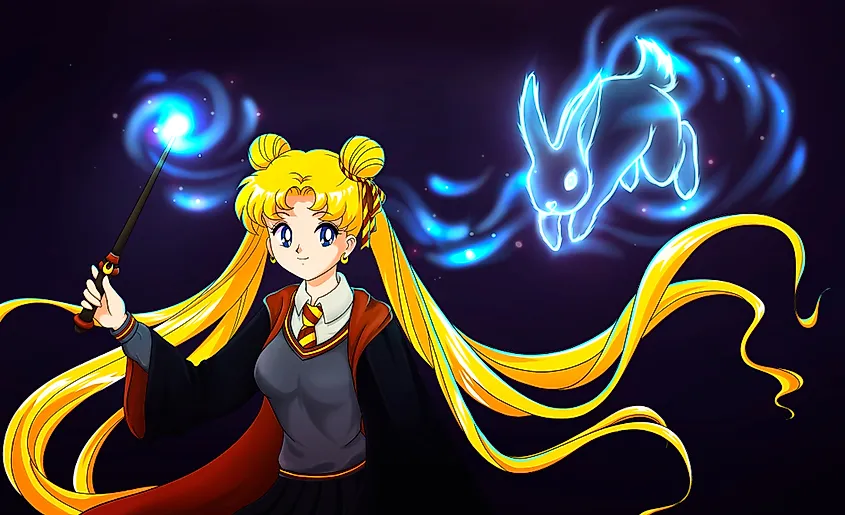
Those shows were shown on U.S. TV and gained heaps of fans, creating a fanbase that still lives on today. Both shows adapted popular manga and were popular among people of all ages. In the 1990s, another global phenomenon helped increase the popularity of anime - Pokemon. The Pokemon TV show is one of the most popular anime shows in history. The latter half of the 1990s saw the emergence of shows that had certain artistic qualities to them that people were not used to seeing in animated TV shows. Titles such as Neon Genesis Evangelion, Cowboy Bebop, or Berserk were available in the United States shortly after premiering in Japan. They dealt with serious themes aimed at an older audience.
What Makes Anime Special
Anime as an art form continues to this day, with several more than 100 shows being produced every year. When trying to explain what makes Japanese animation so special, we should start by focusing on the animation technique first. Since the budget for animated TV shows in Japan is quite small, even in the 1960s, cutting corners was necessary. That is why animators, lead by Osamu Tezuka, developed a technique called “limited animation.” Limited animation uses fewer frames per second for the majority of the episode, but hides it using different tricks. Certain key scenes are, however, beautifully animated in full 24 frames per second, and that is where the talent of the animator explodes.
Anime also deals with a large number of genres. Unlike western animation, which is made primarily with a younger audience in mind, anime shows and movies are often quite mature in their themes. We can find an anime of every genre, starting from action to romance, drama, horror, comedy, and so on. Despite the characters being animated, authors use clever animation techniques to convey emotion impossible even with live actors. Since the genre can often be misleading and certain anime can be more mature than it seems, they are usually classified by their target audience.
